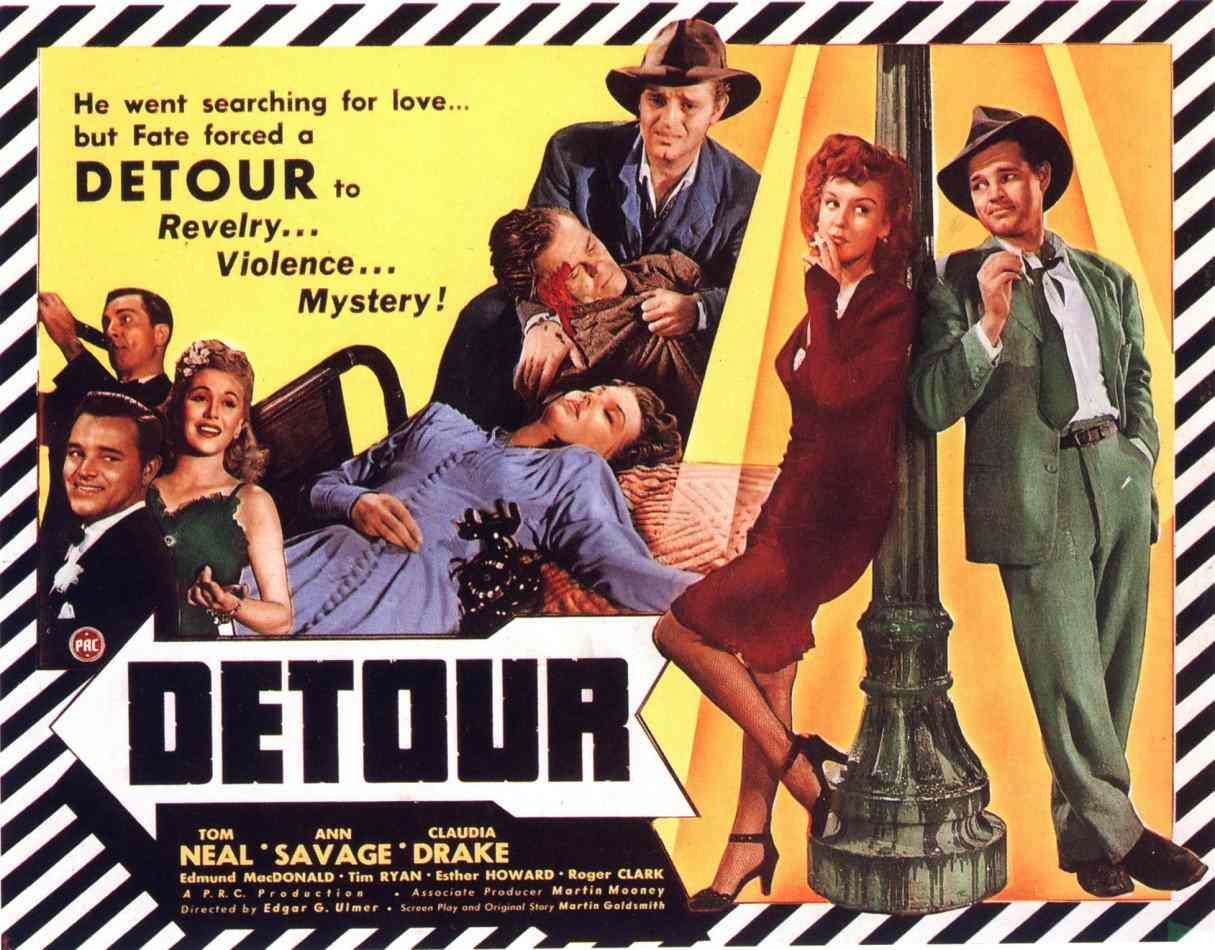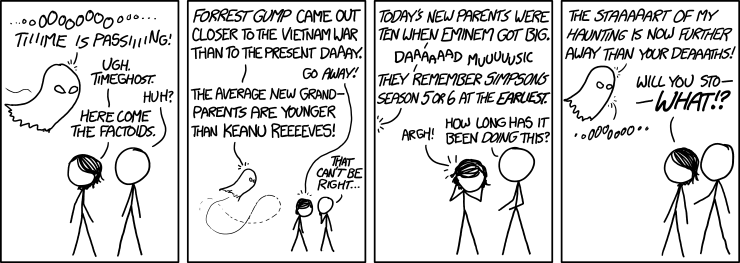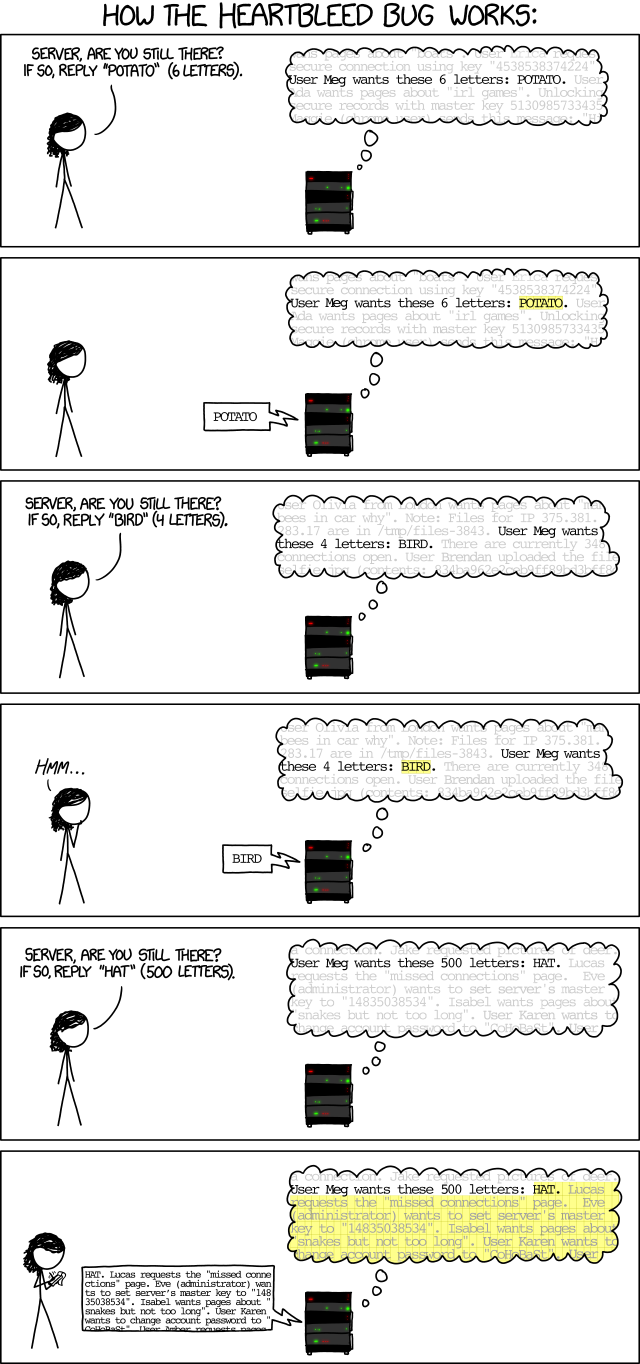The “British Invasion” as a historical phenomenon, has achieved a status almost like that of Paul Revere’s ride, a watershed moment condensed to a singular image: The Stones, or—if you’re more inclined, The Beatles—step onto the tarmac, young girls scream, cameras flash, microphones jostle… suits abound. We remember the scenery, and the haircuts, but the history disappears. The all important context when the British landed in the mid sixties has to do with another invasion at the same time on England’s shores, of black American blues artists who toured the UK and performed on British TV, beginning in 1963: Howlin’ Wolf, Big Joe Williams, Muddy Waters, Lightnin’ Hopkins… and Sister Rosetta Tharpe.
If Keith Richards has credited Chuck Berry for his chops, saying he “listened to every lick he played and picked it up,” he could perhaps say something similar about Sister Tharpe, as could dozens of other guitarists who watched her strut across the stage, picking out hot, countrified blues licks on her Gibson SG. “Nobody—not Chuck Berry, not Scotty Moore, not James Burton, not Keith Richards—played wilder or more primal rock ‘n’ roll guitar than this woman who gave her life to God and would have celebrated her 100th birthday on 20 March,” writes The Guardian. And yet, perhaps because of her religiosity, or her race, or her gender, Sister Tharpe has long remained unsung as a hero of both early rock ‘n’ roll and country.
A pioneering crossover artist from the gospel world, Tharpe came from Cotton Plant, Arkansas, a town on the banks of the Mississippi. Born to musical parents, she toured the country with her mother in revival performances across the south and made her first record at the age of 23. By the time she took the Manchester stage to sing “Didn’t it Rain” in the video at the top of the post, Tharpe was 49 years old and a highly seasoned, confident performer who could captivate any audience with her powerful voice and phenomenal playing. Just above, see a younger Tharpe play some jazz-inflected blues in “That’s All,” a sexy-sounding song about tolerance for sinful men. Sister Tharpe worked clean, but she could get down with the best of ‘em.
Like most rock pioneers, Rosetta didn’t have an easy road to stardom, and like many women in the music business, her story involves a fair amount of exploitation and abuse. But Tharpe rose above it, moved to the big city, and pitched her southern gospel tent in the heart of electric blues territory. Learn about Rosetta Tharpe’s life and career in the 2014 documentary above, The Godmother of Rock & Roll. It’s a title Tharpe well deserves, as well as some long overdue recognition from the Rock and Roll Hall of Fame.
Related Content:
Hail! Hail! Chuck Berry, the Father of Rock & Roll, Is 85
Josh Jones is a writer and musician based in Durham, NC. Follow him at @jdmagness
On Her 100th Birthday, Watch Rock Pioneer Sister Rosetta Tharpe Wow Audiences With Her Gospel Guitar is a post from: Open Culture. Follow us on Facebook, Twitter, and Google Plus, or get our Daily Email. And don't miss our big collections of Free Online Courses, Free Online Movies, Free eBooks, Free Audio Books, Free Foreign Language Lessons, and MOOCs.
The post On Her 100th Birthday, Watch Rock Pioneer Sister Rosetta Tharpe Wow Audiences With Her Gospel Guitar appeared first on Open Culture.

















 It finally happened. I’m not ashamed to admit that I’m a bit of a
It finally happened. I’m not ashamed to admit that I’m a bit of a 
